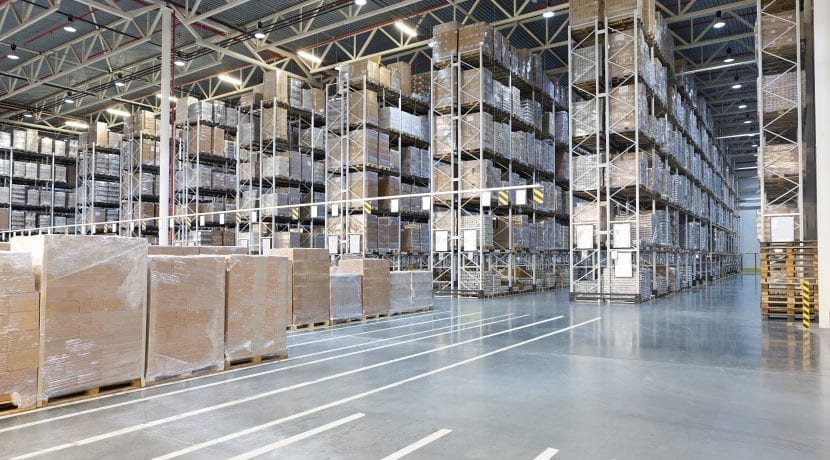Amazon and Other E-Commerce Giants Are Shaping Industrial Rental Property
It is no surprise that industrial rental property has been at a prime with E-Commerce giants, such as Amazon, thriving in the retail business. In 2013, E-Commerce, retail business on the internet, was at 5.8% of total retail sales and have skyrocketed in the last 5 years to a steadily increasing 10%. This huge increase is largely due to the leading e-retailer, Amazon in 2016, who reached 46.66 billion dollars in sales. With Walmart and other e-commerce giants wanted to play in the same sandbox, according to Statistica, online retail sales are expected to reach 12.4% in 2020. Although, many suspect it is be much greater by that time.
It is profound the amount of growth this movement has done to the retail supply chain. E-commerce way of providing numerous choice and fast delivery makes it ideal for its consumers and it is slowly become the preferred way of shopping. Not only is this trend changing the look of the modern warehouse space, but as it continues to grow, no doubt there will be a dramatic need for more industrial property.
In terms of industrial leasing activity, E-commerce is responsible for approximately 12% and an additional 22% to 30% of indirect leasing. Indirect leasing involves a three-party arrangement involving an asset’s manufacturer or dealer, the asset’s lessee, and a lessor that is not affiliated with the asset’s supplier. And with the industrial property vacancy rate only at 5.2%, there has been a dramatic push for further development.
With more options and high distribution, e-commerce supply chains are requiring three times more warehouse space than the traditional brick and mortar supply chain. According to a CBRE Research study, for each $1 billion growth in e-commerce sales, an additional 1.25 million square feet of distribution space is needed. For instance, in 2017 there was 236 million square feet absorbed, which means approximately 30% of it was related to the e-commerce growth.
E-commerce requires efficient warehouse space that facilitates the fast movement of goods to consumer that is larger in size and height. When comparing high industry development periods, the average industrial property for rent has increased by 108,665 square feet in size and 3.7 feet in height. Cities that service major population centers, like Charlotte, are seeing building sizes that have increased the most. Even places with a lack of sufficient warehouse space have the potential to stay with the rise of industrial property to keep with the demand.
Is your business starting an e-commerce platform and is in search of an industrial property for rent? Schwarz Properties has commercial property for lease ranging 1,000 – 35,000 square feet with high ceilings, open floor manufacturing space, trailers lot, and truck docking ideal for distribution.



